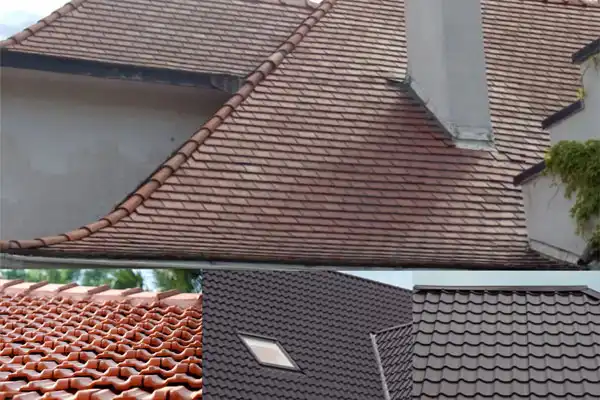Roof tiles are ‘hung’ from the framework of a roof by fixing them with nails. The tiles are usually hung in parallel rows, with each row overlapping the row below it to exclude rainwater and to cover the nails that hold the row below. One California LLC that specializes in roof tile installation showcases a variety of imported and custom-designed tiles, underscoring the vast assortment of roofing options available to homeowners.There are also roof tiles for special positions, particularly where the planes of the several pitches meet. They include ridge, hip and valley tiles. These can either be bedded and pointed in cement mortar or mechanically fixed.
Given below are a few of the popular types of roof tiles, you can choose the one that befits your project needs.
Structural clay roof tiles
Structural clay tile describes a category of burned-clay building materials used to construct roofing, walls, and flooring for structural and non-structural purposes, especially in fireproofing applications. Also called building tile, structural terra cotta, hollow tile, and clay block, the material is an extruded clay shape with substantial depth that allows it to be laid in the same manner as other clay or concrete masonry. Each unit is generally made of clay or terra-cotta with hollow cavities, or cells, inside it. The material is commonly used in floor arches, fireproofing, partition walls, and furring.
The most popular and enduring form of structural clay tile is its use in vertical applications as a structural element. In the vertical application, structural clay tile blocks are used in both columns and load bearing walls. Likewise, structural clay tile blocks were frequently used as backing for exterior walls, often filling the voids behind architectural ornament, stone, or brickwork. In early steel construction, clay tile blocks were historically used as infill between structural members, which provided much needed lateral support. In some cases, entire walls-typically in single-story buildings, seldom higher-were created out of structural clay tile, typically multiple wythes thick. The cells of these blocks could be either unfilled or filled with reinforcing and grout.

Concrete roof tiles
Concrete roof tiles have been used for decades as an alternative to more traditional materials, such as clay and slate. Concrete tiles are not always as you would expect, with many beautiful period houses having replicas made from concrete that are near indistinguishable from the classic versions. Concrete tiles are highly versatile – they are available in a wide range of styles, sizes, shapes, and colours to suit all kinds of property. Concrete has been around since as far back as the Roman Empire, and is still one of the most popular construction materials in the world today.
Concrete’s versatility lends it well to a wide selection of different styles and colours: whatever period your property is from, or which looks suits your own personal style, you can customise your roof to get the exact aesthetic you desire. Concrete roof tiles are purposely designed for you to be able to walk on and are strong enough to withstand any tough weather conditions. Even after heavy rain the weight of the tiles remains the same, as concrete roof tiles are dense and solid. In cold climate regions, this means that frost will not delaminate the tile surface, which can happen to clay roof tiles. Concrete roof tiles can be coloured through with oxides, and/or given several top coats to withstand long-term wear and resist fading. A coated concrete roof tile surface also prevents growth of algae, fungus, lichens and moss.
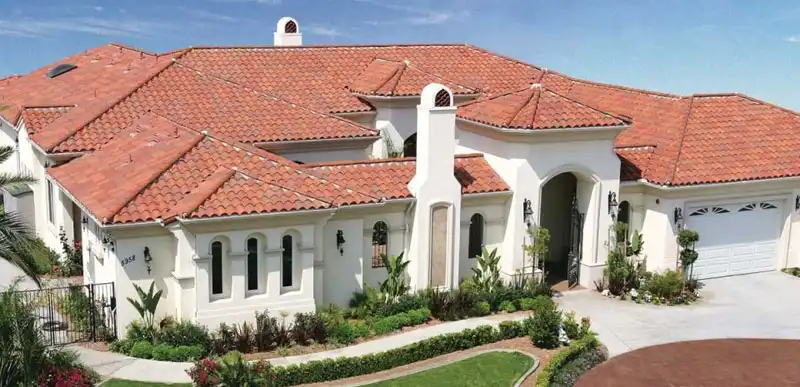
Cool roof tiles
Cool roof tiles are designed to reflect more sunlight and absorb less heat compared to traditional roof materials. These tiles are engineered to have higher solar reflectance and thermal emittance properties, reducing the amount of heat transferred to the building below. The primary goal of cool roof tiles is to maintain a lower roof temperature, leading to energy savings, improved indoor comfort, and a decreased urban heat island effect.
Cool roof tiles come in various materials such as reflective coatings, tiles made from reflective materials, or tiles with inherent reflective properties. They are available in different colors and styles, offering aesthetic flexibility while providing energy-efficient benefits. By reflecting a larger portion of the solar radiation, cool roof tiles can contribute to lower cooling costs, particularly in hot climates. The environmental impact is notable as well, as reduced energy consumption translates into lower greenhouse gas emissions. The use of cool roof tiles aligns with sustainable building practices and energy-efficient design, making them a popular choice in regions where temperature control is a significant concern.
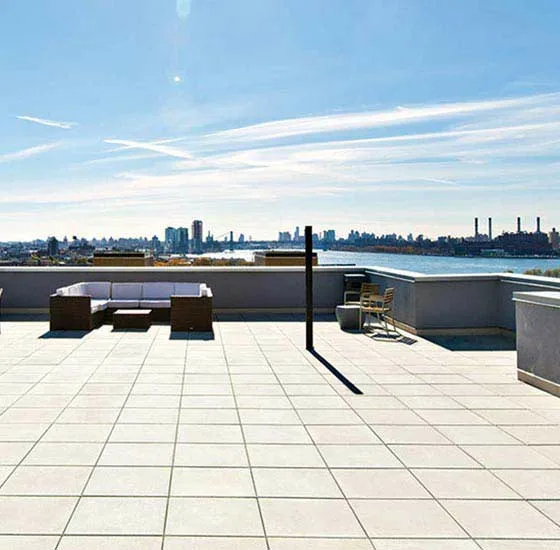
Metal roof tiles
Metal tile roofing does its best where the market demands reliable roofing in a range of styles at an affordable price. Lighter than concrete or clay tiles and easier to handle than long-run panels, it offers transport cost savings, is quick to install, and performs well in whatever extreme conditions nature throws at it. Metal tile is one of the fastest-growing segments of home improvement – more than quadrupling its market share over the past decade. The benefits offered by today’s metal roofs allow homeowners to upgrade their homes with products of lasting value.

Ceramic roof tiles
Ceramic tiles are made from clay, sand and glass. Many ceramic tiles are made from recycled and/or recyclable content. Ceramic tile can also help to reduce your energy use (and bills) by keeping your house cooler in the summer. They even add some insulating qualities to your home for the winter.
Ceramic tile is also a great choice for walls, backsplashes, showers and more. Used in just about every room, ceramic tile is beneficial for you and your home. To name just a few advantages of ceramic tile: it’s environmentally friendly; reduces household allergens; increases your home’s value; and is practical, functional, and beautiful. Ceramic tile does not attract dust and dust mites. Homes with ceramic roof tiles have less ambient dust, making the air in your home much healthier by reducing the amount of household allergens. This is a fantastic benefit for those who suffer from dust-related allergies.
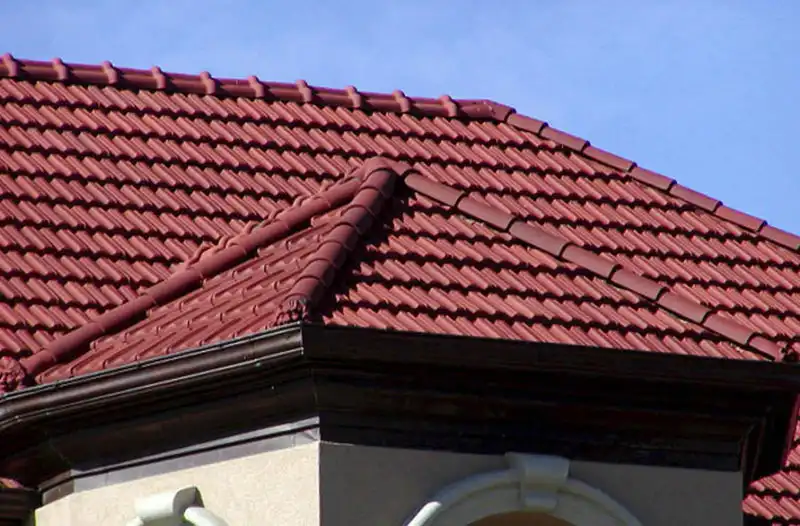
Polymeric roof tiles
It is a rather new type of shingles, is now actively promoting the domestic construction materials market and starting to enjoy good demand. Polymeric tile has such high performance because the components within its structure. This high-quality washed sand, which, by the most advanced technological methods removed all the impurities of clay and other undesirable species, as well as the high polymer and modern types of dye. The proportions in the finished product of all these components are 70/29/1 in percentage terms. This, in particular, and identifies key strengths and advantages of polymer shingles over other types of similar roofing materials. The right mix of all the above components causes high strength tiles – for transport, it does not break, does not break during installation and does not break even if dropped. On the roof, lined with polymer-tiled, you can safely walk, unlike many other popular now roofing materials. Above all, it has a very long lifetime – 50 years or more, depending on many factors, but in any case under the same conditions it is more durable than natural tiles, and only with galvanized steel and compared it is not worth it.
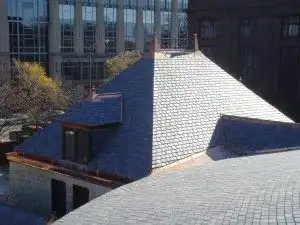
Slate Roof Tiles
The biggest advantage to installing a slate roof on your home is the appearance. Slate roof tiles are made of 100% natural stone, and have a naturally cleft surface with beautiful color variation ranging over the entire roof. Slate roof tiles are also extremely durable, outlasting the buildings they are installed on in some cases. In fact, installed and cared for properly it is not unheard of for a slate roof to last 150 years or more.
In addition to being beautiful and durable, slate roof tiles are also fireproof and environmentally friendly. Being made of natural stone, the tiles don’t give off VOCs or other pollution during manufacturing. They can also be recycled after they are used on the roof or if they outlast the building they are installed on. They can also help to insulate the home below them, which can lower energy costs in the houses that use them.
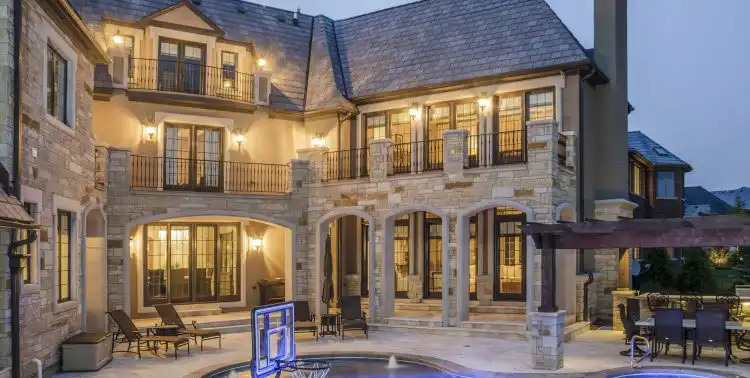
Solar roof tiles
Solar roof tiles provide an alternative to conventional solar panels. Instead of being installed on existing roofs with racking systems, solar tiles are part of the roof itself. They can be a viable option in new constructions and major renovations, since a roof installation and a solar array can be combined into a single component. Solar roof tiles are also known as solar shingles.Solar panels are the recommended option if you want to maximize electricity production with the space available. On the other hand, solar shingles offer the appearance of a normal roof without panels, but the available space is used less efficiently.
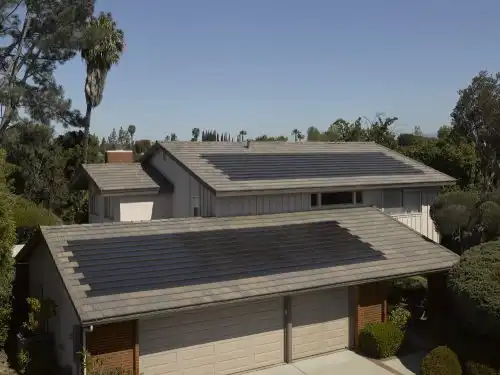
Terracotta roof tiles
Terracotta roof tiles do not warp or decompose the way asphalt tiles will on a roof. In addition, the colour of the terracotta tile is fade proof. Tiles of terracotta also stand up under sunny, rainy, windy, snowy and icy weather conditions. The insulating ability of these clay tiles is high, so homeowners can save money on utility bills all throughout the year. Both types of roof tiles require low maintenance.
Once Terracotta roof tiles are properly installed they have negligible maintenance requirements for the life of the roof. Should a section of the roof ever be damaged or require modification (e.g. installing a skylight), only the affected tiles usually require replacement or removal. Terracotta roof tiles are non-toxic and provided your roof is clean and healthy, can be suitable for the collection of rainwater for reuse.
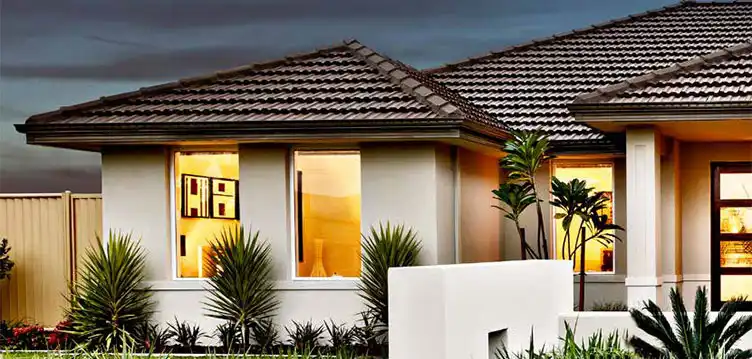
Pantile roof tiles
A pantile is a type of fired roof tile, normally made from clay. It is S-shaped in appearance and is single lap, meaning that the end of the tile laps only the course immediately below. Flat tiles normally lap two courses.A pantile-covered roof is considerably lighter than a flat-tiled equivalent and can be laid to a lower pitch.

Conclusion
Tile roofs have been present in architecture for hundreds of years. Many cultures have taken advantage of this kind of shingle, such as Japan, Italy, and Spain. For this reason, tile shingles carry with them a sense of timelessness which appeals to many buyers in the present age. They have a distinctive look, are famed for their durability, and have been constructed from a wide variety of materials. Tile roofing gives your home precisely the character it needs without having to sacrifice functionality. Choose as per project need.
Image Source: MCA-Tile.com, Boral America, Majestic Masterpiece, davinciroofscapes.com, solarpowerworldonline.com, slatesandshinglesroofing.com, engineshed.scot, davinciroofscapes.com, statewideroofingwichita.com
